Polypropylene (PP) is a colorless thermoplastic material produced by the polymerization of Poly Propylene granules. It is popular due to its lightweight and strong plastic substance. PP is generally the by-product of petroleum products. The woven fabric is used for the packaging of Cement, Dolomite, Limestone Powder, Plaster of Paris, Talc Powder, and Agricultural products such as Potato, Onion, and Ginger.
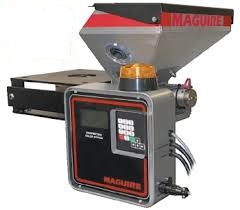
In gravimetric feeding, there are four dosing units, which weigh and feed the materials into a process per unit of time as per requirement. Consistent control and complete monitoring are possible which ensure optimum consumption, decrease losses and constant quality. In principle, gravimetric feeding combines monitoring of the feeding process with a feedback loop that enable accurate material control.
- Gravimetric feeding for varying density, material handling automation, long term accuracy, repeatability and quality documentation and where dust control is a concern.
- Precise volumetric feeding of free flowing bulk materials.
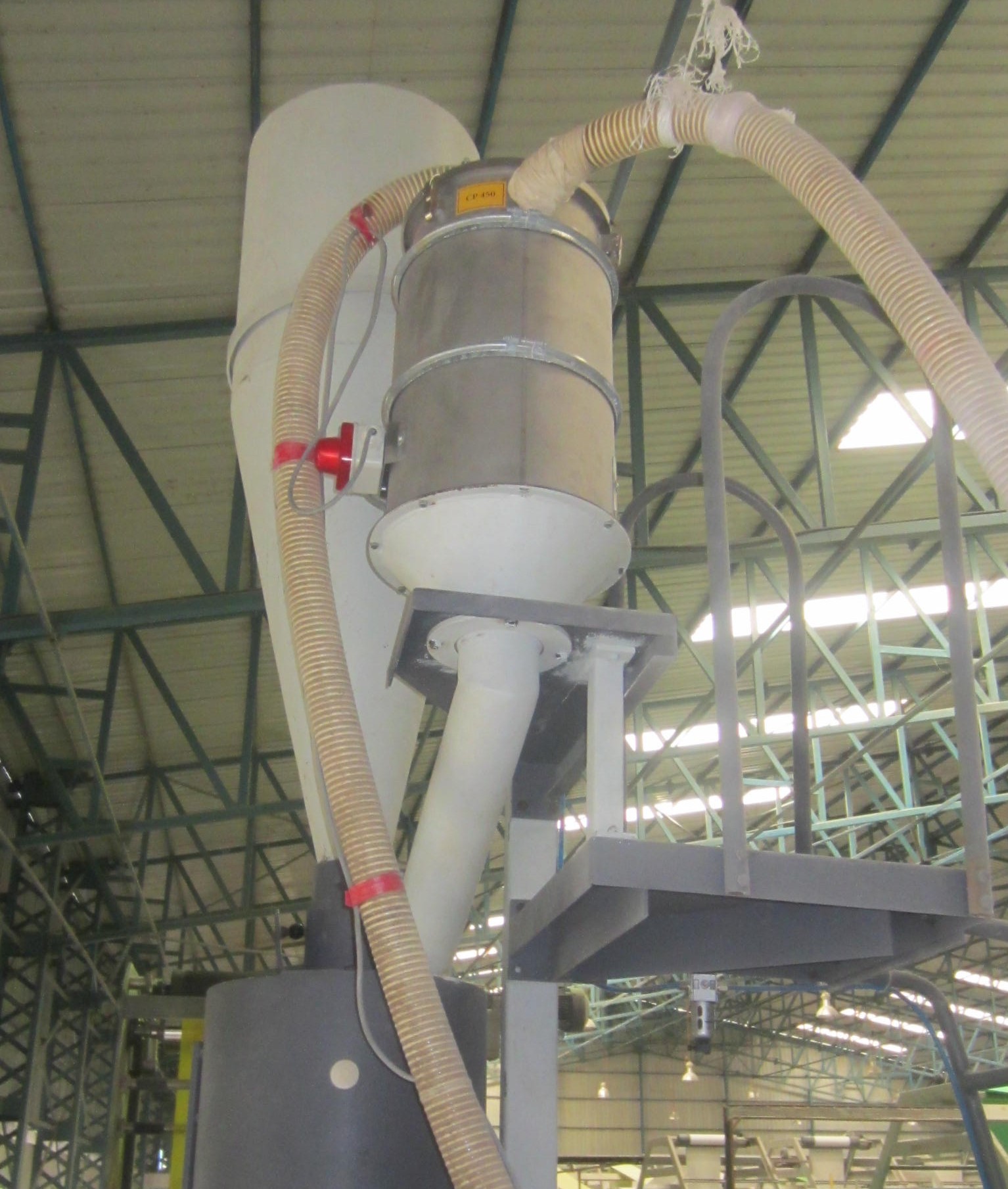
The function of auto loading is to suck the mixed materials feed by gravimetric dosing units into the hopper for continuous flow of materials inside the barrel. The auto feeding is controlled by limit switch having sensor at maximum and minimum level. The auto loading stops automatically, when the materials inside the hopper senses the maximum limit switch and the auto loading starts again after sensing the minimum limit switch to feed continuous flow of materials.
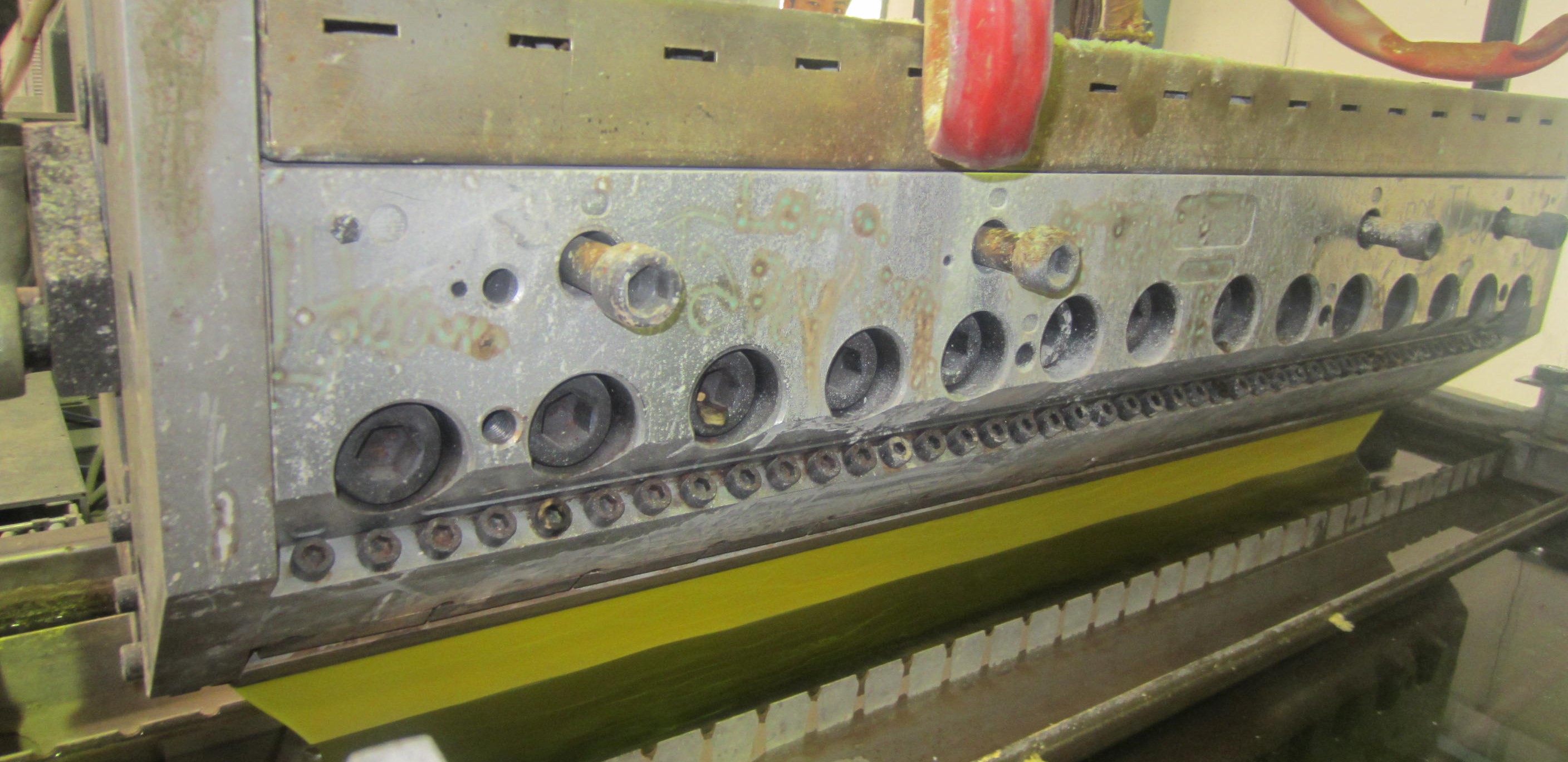
The extruder having a 90mm diameter with a barrel and the screw which is connected to the main motor drive and gearbox having the variable drive, the barrel has five heating zones having a different set temperature. The molten materials are screen through the Screen changer mainly to filter the dust and foreign particles with the help of steel mesh having 100 to 120 meshes. The molten material is then extruded into thin film through a flat ‘T’ Die and directly quenched in the quenching tank. The film formed is rolled out with the help of a take-up unit with air aspiration to remove water in the film, while, two rollers moving in the opposite direction also squeeze water contain and feed to the first goddet.
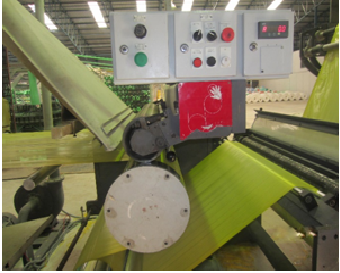
Before the film is rolled over the first goddet, the film is split into numbers of tape in uniform width. The first goddet having three rollers are pre-heated with oil circulation from inside. This is done to have preliminary heating and stretching of the tapes. The side slit films are recycled back after grinding with the blade to the hopper loading with the help of suction air in order to recycle the waste generation in the process.
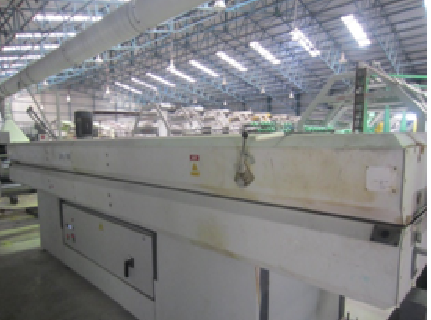
The oven having hot air circulation from both top and bottom has 60-80 oC where tapes are being passed. The stretching of tapes is done with the speed ratio of 1:5.2 between 1st goddet and 2nd goddet.
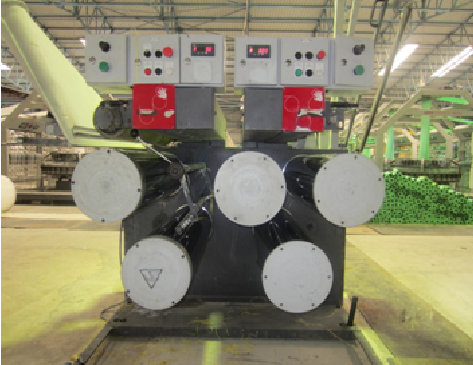
The second goddet consists of five moving rollers the first two rollers with water circulation inside for pre-cooling the tape and the last three rollers with chill water circulation for complete annealing of the tapes to have a maximum strength of the tape. One end of the roller has a suction blower which is meant to align the tape in rows and then the tape is taken to the individual winder in the winding unit by the winder men.
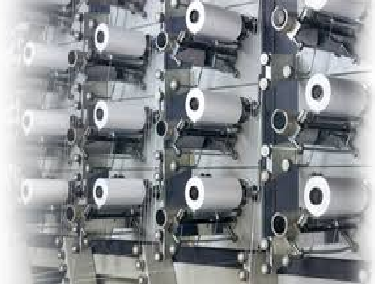
Winding Unit consist of individual electric motor driven unit having 180 numbers of individual winder. The tapes are alternately removed when it reaches the required diameter, transpiring the tapes from one winder to the other empty winder. The finished winded tapes are called Bobbins. Finally they are taken to the individual circular Looms for weaving to feed in the creels and shuttles, so called warp and waft respectively.
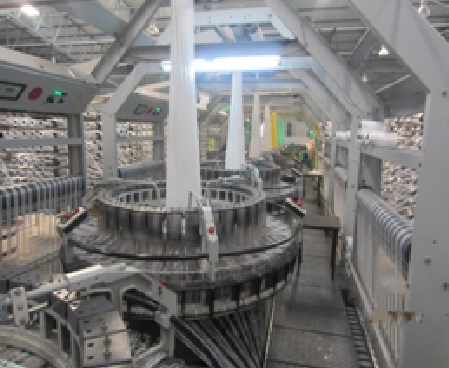
The individual looms are driven electrically by motor, transferred from drive pulley to driven pulley with the help of “V” belt. The circular loom consists of grooved CAM Connected to connecting arms. The connecting arms are again connected to a hiddle shafts and belts. The tapes connected from a stand called creel from both the side are straight,5 which is called as warp and the tapes which revolved with six shuttles is called waft, which can provide 900 picks per min at optimum efficiency. Thus the synchronization of the warp and waft formed a woven fabric. The capacity of the individual loom is 2.25 meter of fabric per minutes at 100 % efficiency.
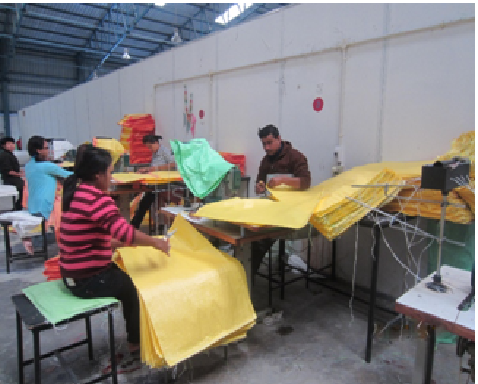
- Auto Cutting, double folding and Bottom stitching Machine: The Company has proposed for three auto cutting, double folding and bottom stitching machine having each capacity of 25 – 30 bags per minutes to meet the output of installed looms capacity, which can deliver one lakh bags per day. The fabrics are cut in required length and stitched with double folding at one end.
- Valve making on contract: the process of valve making is totally manual. Therefore the management had decided to offer on contract basis.
- Valve Stitching & top Stitching: the valve stitching is done manually with electric driven stitching machine.
- Printing Machine: the company had proposed for manually feed drum printing machines, basically to reduce the wastage and rejection. The bags are printed with design of customers’ choice with name of company, logo, brand name, grade with ISI certified and license number etc.
- Bailing Press: the purpose of bailing press is to reduce the volume of fabric packed in 500 pieces per bundle.

The circular woven fabric unit is established for supply of cement bags to “Dungsam Cement Corporation Limited and remaining to domestic market. The consumption of bag by Dungsum Cement Corporation Limited is Approximately 2,400,000. 00 bags per month. The installed capacity of fabric bags shall be approximately 30, 00,000.00 bag per month.
The remaining bags shall be cater in domestic market and in North-East Indian market.
